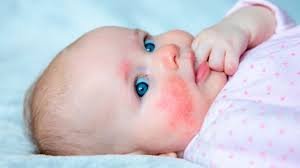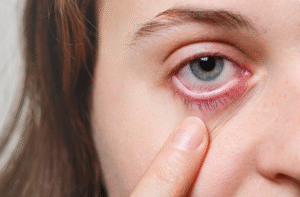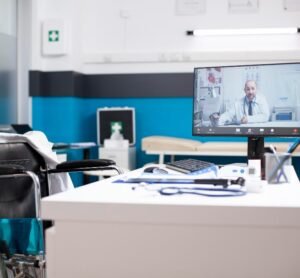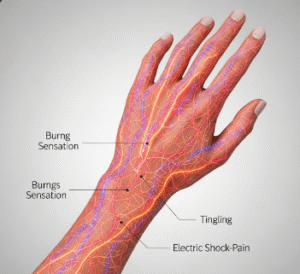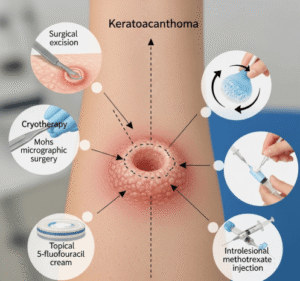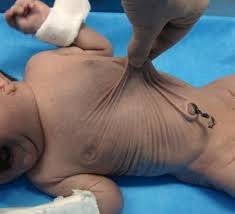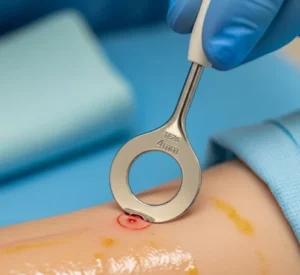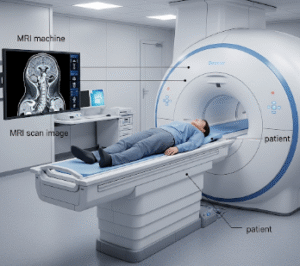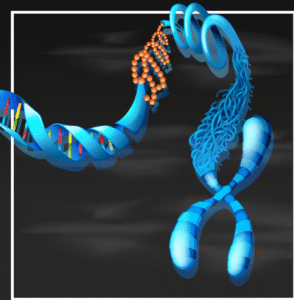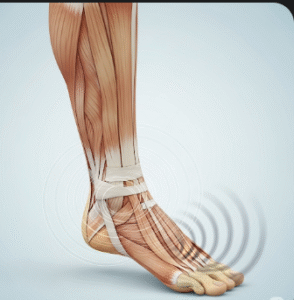What it is
Silicone scar therapy is a non-invasive treatment method that uses medical-grade silicone sheets or gels to improve the appearance, texture, and color of scars. It is one of the most widely recommended and clinically proven scar management techniques.
The therapy works by hydrating the scar tissue, reducing collagen overproduction, and regulating oxygen flow, which helps flatten, soften, and fade scars over time.
In Korea, silicone scar therapy is often recommended as a first-line treatment for new scars or as a complementary approach after laser scar revision, surgery, or injections. Korean clinics use both silicone gel sheets and topical silicone gels, depending on the scar type and patient lifestyle.
➡️ Types of scars treated with silicone therapy:
- Hypertrophic scars (raised, thickened scars after injury or surgery)
- Keloids (excessive scar tissue growth beyond original wound edges)
- Post-surgical scars (C-section, plastic surgery, mole removal)
- Burn scars
- Minor traumatic scars
Why it’s done
Silicone scar therapy is performed for several medical and cosmetic reasons:
➡️ Medical reasons
- Prevents newly formed scars from becoming raised or thickened.
- Reduces itching, redness, and discomfort often associated with healing scars.
- Softens rigid tissue to improve mobility if scars are near joints.
➡️ Cosmetic reasons
- Helps scars blend with surrounding skin tone.
- Flattens and smooths scars to make them less noticeable.
- Prevents the progression of scars into keloids or hypertrophic formations.
⚡ In Korea, where skin appearance is closely tied to confidence and aesthetics, silicone scar therapy is widely used both after cosmetic procedures and for everyday wound healing.
Alternatives
While silicone scar therapy is one of the safest options, other alternatives exist:
➡️ Laser Scar Revision
- Effective for old, stubborn scars and acne-related marks.
➡️ Microneedling and RF therapy
- Stimulates collagen remodeling for deep or textured scars.
➡️ Steroid or Corticosteroid Injections
- Flattens raised hypertrophic or keloid scars.
➡️ Surgical Scar Revision
- Used when scars are large, irregular, or restrictive.
➡️ Pressure Therapy (Compression Garments)
- Commonly used for burn patients to prevent hypertrophic scars.
➡️ Topical creams (onion extract gels, vitamin E, centella-based products)
- Mild improvement for new scars but less effective than silicone.
💡 In Korea, dermatologists often recommend combining silicone sheets/gels with laser treatments or injections for the most noticeable results.
Preparation
Silicone scar therapy requires minimal preparation since it is a safe, topical treatment. However, to maximize effectiveness:
- Consult a dermatologist to assess scar type, age, and severity.
- Ensure the wound is fully healed (no open cuts or stitches) before applying silicone.
- Clean and dry the area thoroughly before application.
- Shave or trim hair near the application site (if using silicone sheets) to ensure better adhesion.
- For post-surgical patients, silicone therapy is usually introduced 1–2 weeks after stitches are removed.
How it’s Done
Silicone scar therapy can be applied in two main forms: sheets and gels.
1. Silicone Gel Sheets
- Thin, flexible sheets placed directly over the scar.
- Worn 12–24 hours daily for best results.
- Reusable for 2–3 weeks per sheet before replacement.
- Discreet and easy to cut to fit scar shape.
2. Topical Silicone Gels
- Transparent gel applied directly to scar area.
- Forms a thin protective film as it dries.
- Ideal for scars in visible areas (face, hands) or irregular surfaces.
- Applied 2–3 times daily for several months.
➡️ Korean clinics may provide custom-fitted silicone sheets for large surgical scars or offer pharmacy-grade silicone gels for patient convenience.
Recovery
Since silicone scar therapy is non-invasive, there is essentially no recovery period.
➡️ Short-term expectations:
- Some redness or mild irritation may occur initially but usually resolves quickly.
- Most patients can carry on with daily activities without restrictions.
➡️ Long-term results:
- Noticeable improvement typically seen in 8–12 weeks.
- Maximum results occur after 3–6 months of consistent use.
- Best outcomes are achieved when therapy is started early (within weeks of scar formation).
💡 In Korea, dermatologists often recommend combining silicone therapy with follow-up treatments (like fractional lasers) after 2–3 months to further refine scar appearance.
Complications
Silicone scar therapy is extremely safe, but minor complications may occur:
- Mild skin irritation (itching or redness, usually temporary).
- Sweating or discomfort under silicone sheets, especially in hot climates.
- Skin maceration if the area is not properly cleaned and dried.
- Allergic reactions are very rare, since silicone is hypoallergenic.
⚠️ Complications are more likely if sheets are worn on unclean skin or not replaced regularly.
Treatment Options in Korea
Korea offers some of the best silicone scar therapy products and clinical programs:
➡️ Medical-grade silicone sheets
- Popular brands: Mepiform, Cica-Care, Scar Fx.
- Often prescribed post-surgery (plastic surgery, dermatology, C-section).
➡️ Topical silicone gels
- Korean formulations often include added ingredients like centella asiatica, madecassoside, and vitamin C for enhanced healing.
➡️ Combination therapies
- Many Korean clinics combine silicone therapy with fractional CO₂ laser, PDL, or PRP for stronger results.
➡️ Customized scar care programs
- Clinics in Seoul and Busan often offer scar management packages: silicone therapy, periodic check-ups, and laser sessions.
➡️ Cosmeceutical support
- Korean pharmacies and skincare brands produce affordable silicone-based scar gels, making them widely accessible.
Why Choose Korea for Silicone Scar Therapy?
- Widespread medical adoption: Silicone therapy is a standard recommendation after surgery.
- Integration with high-tech treatments: Often combined with laser or injection therapy.
- Affordable and accessible: Medical-grade silicone products are available in pharmacies without difficulty.
- Expert scar management: Dermatologists and plastic surgeons specialize in scar care due to Korea’s advanced cosmetic industry.
- Innovative formulations: Korean products often blend silicone with K-beauty ingredients for enhanced results.

